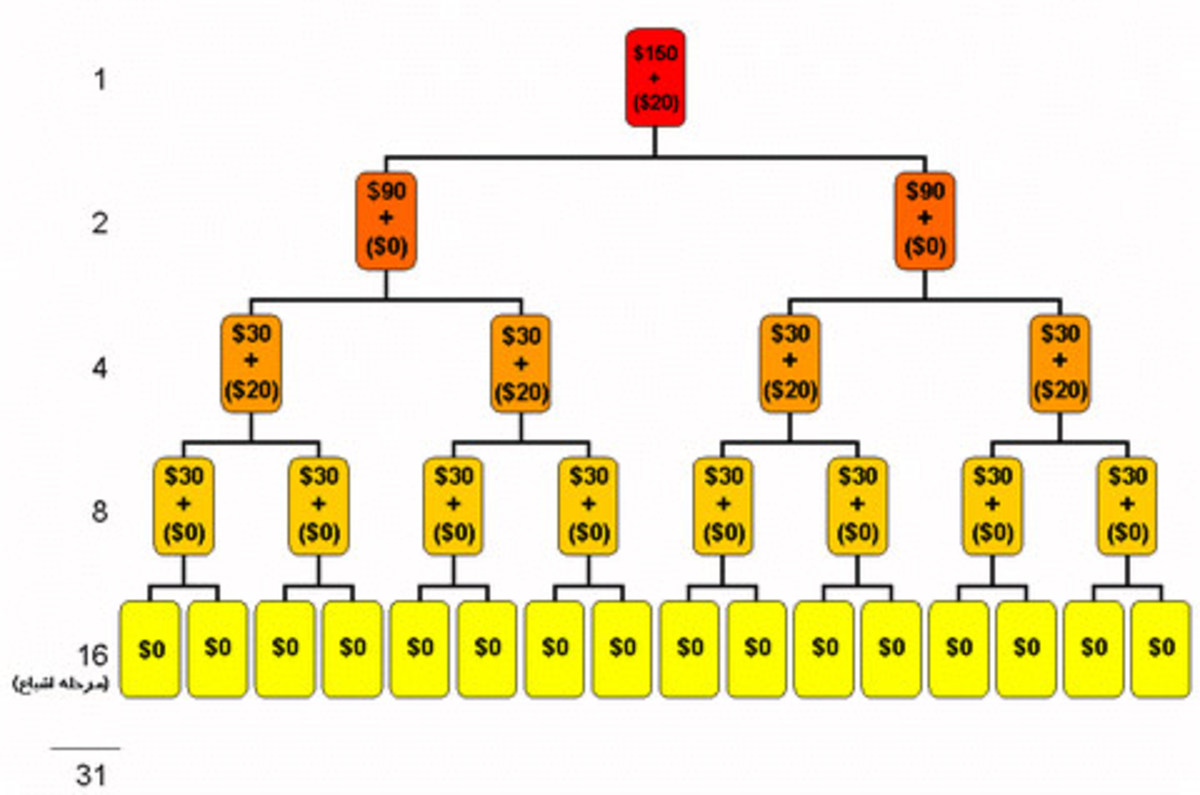Hambone, Soupbone.... Anybody Hungry? (republished)

We live in a finite world in many aspects. There are X amount of areas to grow and produce food. (I mean, you can only chop down so many trees, in so many areas, to use those areas to plant crops, or graze stock animals, before there are no more trees to chop. Or so many places to pipe water to for irrigation, before the tap is turned off and the desert goes back to business as usual.) But the complications of infinite possible circumstances effect the growth and production of food, no matter where it is grown or produced. Some of those infinite possibilities are hitting pretty hard this time around.
The flooding in Australia has already begun to cause food prices to rise in that nation.
Droughts in many areas of the world in 2010 has fed the fire of rising food prices, as has the many areas that have seen freezing weather more recently. In Florida, for example, where tons of cucumbers are usually produced for winter consumption throughout the United States, crops have been lost to freezing weather. Also heavy rains in many of the grain belt areas caused poor production in crops such as corn and soy beans in the 2010 growing season. Too much rain washes the nitrogen out of the soil, and plants don't "make" well.
Yesterday, (01/14/11), in the Washington Post, writter Steve Mufson reported: "Faced with rising international food prices, governments around the world are cooking up measures to protect domestic supplies and keep a lid on prices at home". After getting beyond the puns in this lead-in to Mr. Mufson's article I realized the most significant word in it, is the word PROTECT .
Countries are gearing up all over the globe to PROTECT their food. Russia has banned all grain exporting until the end of 2011. I assume their food importing practices remain unchanged. While in South Korea and the Philippines import duties on some food products have been suspended .
Mr. Mufson quoted a source as saying, "If you're looking at next year or a few years out, the trading range has shifted higher on emerging market demand, lower inventories and bio fuel policies that are adding a new layer of demand onto the market".
Hum.... emerging market demand... people who didn't need other people's food before because they had enough need it now because they are running short? Lower inventories... less warehoused or bulk food supplies? Bio fuel adding a new layer of demand... burning our food as fuel?
Lester Brown, who heads the Earth Policy Institute, a Washington think tank, said last week "I don’t think this current price rise is temporary. There will, of course, be fluctuations in the grain prices, but they will be around a rising trend. Grain and soybean prices, and food prices more broadly, are moving up. There is not anything in sight to reverse this trend. If the world were to have a poor grain harvest this year, there could well be chaos in world grain markets by late summer".
In 2010 China consumed 70 million tons of soybeans, 56 million of which were imported .
Abdolreza Abbassian, senior economist at The United Nations' Food and Agriculture Organization, said last week that its world food-price index rose to a record in December, topping a previous all-time high set in June 2008.
Egypt's inflation notched up to 11% in September, that nation's government reported in October 2010, amid complaints about rising food prices in the Arab world's most populous nation.
With the price of corn going up worldwide, the meat from animals who eat the corn will rise accordingly.
But looking strictly at my own country... about 1% of the population of the United States grows pretty much all the food for the other 99%. Some people have gardens and/or chickens that lay eggs. But the simple truth is: Most Americans don't.
Most of the food we eat comes from grain. There's many fruits, and vegetables from California, Arizona, Florida, Oregon and Washington, but that's not the main part of the average American diet. Even half of what a meat animal eats is grain. So when you eat meat, you're eating the result of grain. Not to mention bread for sandwiches, morning bagels, pasta, donuts, or milk and cheese the dairy animals give us, after they have eaten their grain.
Cattle ranchers in Texas get their feed grain from somewhere else. Maybe it comes from Iowa or Missouri. But it's probably not locally grown. And the meat produced may be eaten in New York or San Fransisco. So when the "bread basket" in the USA is effected by severe weather, drought, or other diverse circumstances, the blow can be felt all over the country. (Just an example).
All that grain that's produced in the Midwest... Kansas, Illinois, and so on, is hauled to the coasts, where 70% of the population lives and eats bread, by only TWO railroads.
Nothing is kept in the grocery stores for very long at a time. Wheat leaves the grain mill in Kansas one day, goes to a flour mill in Seattle the next day, is sent to the bakery the next day, where it's turned into bread and other products, and the next day it's sitting on the shelves of the grocery store, where someone comes along and buys it the next day or the day after. All the grain produced in the Midwest has ONE pipeline with TWO railroads. And that's how Americans live.
See... until the 1980s, there was alot of grain stored in grain elevators all around the country. At one point a whole year's harvest was stored in just that way. Paid for buy tax dollars. But certain URBAN politicians engineered moving the money from the food back-up program, to other social welfare programs. So now there's no safety net for the nation. We produce what we eat each year. We eat what we produce each year. And there is NO CONTINGENCY PLAN .
If some kind natural or other disaster occured in the Midwest, causing the grain crops to be seriously damaged, all the apples from Washington, lettus from California, grapefruit from Florida, and peanuts from Georgia won't make up the difference. This past growing season production was down, so look for higher prices.
In the USA people are armed to the teeth, and I'm very glad we own guns. But in LA people burned their own neighborhoods in protest of a court case. What will happen when people get hungry? If you have food and you neighbor and his family are starving, all those weekend BBQ parties, and nights playing cards won't mean squat.
The entire food supply doesn't need to be wiped out for food riots to break out. It just has to be sufficiently threatened. When people wake up to their short term vulnerability, when prices are out of this world, and people have no clue as to what to do... well go figure it out.
http://standeyo.com/NEWS/11_Food_Water/110116.US.spring.riots.html



